Efectividad de un Programa de Intervención Neuropsicológica para el Fortalecimiento de Procesos Cognitivos Subyacentes a las Dificultades Específicas de Lectoescritura en Niños de 6 a 10 Años
Resumen
Esta investigación evaluó la efectividad de un programa de intervención neuropsicológica de 18 meses para fortalecer procesos cognitivos subyacentes a dificultades específicas de lectoescritura en 70 niños (6-10 años). Mediante un diseño cuasi-experimental con mediciones pre-post, se implementó el programa PINDEL, estructurado en cinco módulos secuenciales fundamentados en principios neurobiológicos. Los resultados evidenciaron mejoras estadísticamente significativas en todos los dominios evaluados, con efectos particularmente notables en conciencia fonológica (d=1.32) y procesamiento ortográfico (d=1.09). El análisis de regresiones jerárquicas identificó moderadores significativos como edad (β=.22-.38), nivel socioeconómico (β=-.23-.25) y metodología previa de alfabetización (β=.24-.27). La estructura factorial post-intervención reveló una organización tetragonal (χ²/gl=2.01, CFI=.948, RMSEA=.057) con el procesamiento fonológico como factor predominante (27.5% varianza). Los hallazgos demuestran la efectividad diferencial del programa según componentes neuropsicológicos específicos, validando empíricamente su fundamentación teórica y destacando la importancia de aproximaciones neuropsicológicas integrales para el abordaje de dificultades de lectoescritura en población latinoamericana.
Descargas
Citas
Adrián-Hernández, J. (2024). Los círculos socráticos para la promoción de la lectura en el aula ILE. Ñemitỹrã, 6(1), 115-129.
https://revistascientificas.una.py/index.php/nemityra/article/view/4361
Bermúdez-Margaretto, B., Beltrán, D., Cuetos, F., & Domínguez, A. (2020). Brain signatures of new (pseudo-) words: Visual repetition in novel word learning. Neuropsychologia, 138, 107259.
https://doi.org/10.1016/j.neuropsychologia.2019.107259
Cohen, L., Lehéricy, S., Henry, C., Bourgeois, M., Larroque, C., Sainte-Rose, C., Dehaene, S., & Hertz-Pannier, L. (2018). Learning to read without a left occipital lobe: Right-hemispheric shift of visual word form area. Annals of Neurology, 56(6), 890-894. https://doi.org/10.1002/ana.20326
Cuadro, A., Ramírez, V., & Falero, B. (2020). Neuropsychological intervention program for specific learning disabilities: Effects on reading and spelling. The Spanish Journal of Psychology, 23, e36. https://doi.org/10.1017/SJP.2020.39
Cuetos, F., Rodríguez, B., Ruano, E., & Arribas, D. (2014). PROLEC-R. Batería de Evaluación de los Procesos Lectores, Revisada (5ª ed.). TEA Ediciones.
Dehaene, S. (2009). Reading in the brain: The new science of how we read. Penguin.
Drigas, A., Mitsea, E., & Skianis, C. (2022). Metamemory: Metacognitive strategies for improved memory operations and the role of VR and mobiles. Behavioral Sciences, 12(11), 450.
https://www.mdpi.com/2076-328X/12/11/450
Eberhard-Moscicka, A. K., Jost, L. B., Fehlbaum, L. V., & Maurer, U. (2023). Temporal dynamics of visual word recognition in children with and without dyslexia: An ERP study with reading-level match design. Developmental Cognitive Neuroscience, 59, 101163.
https://doi.org/10.1016/j.dcn.2022.101163
Faith, L., Hohnen, B., Bagnall, V., & Moore-Shelley, I. (2020). Using an executive function–focused approach to build self-regulation, metacognition and motivation in all learners. In The'BrainCanDo'Handbook of Teaching and Learning (pp. 133-160). David Fulton Publishers. https://www.taylorfrancis.com/chapters/edit/10.4324/9780429197741-7/using-executive-function%E2%80%93focused-approach-build-self-regulation-metacognition-motivation-learners-laurie-faith-bettina-hohnen-victoria-bagnall-imogen-moore-shelley
García-Madruga, J. A., Elosúa, M. R., Gil, L., Gómez-Veiga, I., Vila, J. Ó., Orjales, I., Contreras, A., Rodríguez, R., Melero, M. Á., & Duque, G. (2016). Reading comprehension and working memory's executive processes: An intervention study in primary school students. Reading Research Quarterly, 51(3), 340-356. https://doi.org/10.1002/rrq.142
Henry, L. A., & Solari, E. J. (2020). Targeting oral language and listening comprehension development for students with reading difficulties: A review of the literature. Reading Psychology, 41(7), 643-683. https://doi.org/10.1080/02702711.2020.1768984
Hernández-Sampieri, R., & Mendoza, C. P. (2018). Metodología de la investigación: Las rutas cuantitativa, cualitativa y mixta. McGraw-Hill Interamericana.
Hoover, W. A., & Tunmer, W. E. (2020). The cognitive foundations of reading and its acquisition. Berlin, Germany: Springer International Publishing.
Ijalba, E., Bustos, A., & Romero, S. (2020). Phonological–orthographic deficits in developmental dyslexia in three Spanish–English bilingual students. American Journal of Speech-Language Pathology, 29(3), 1133-1151. https://pubs.asha.org/doi/abs/10.1044/2020_AJSLP-19-00175
Sosa Daza , E. P., Macías Angulo, F. del R., & Ramírez Lozada, H. (2024). Chatgpt-Based Didactic Strategies To Improve Students’ English Language Reading And Writing Skills. Estudios Y Perspectivas Revista Científica Y Académica , 4(1), 390–420. https://doi.org/10.61384/r.c.a.v4i1.108
Chaves Carvalho , L. F., & Agrela Rodrigues, F. D. A. (2024). Uma Perspectiva Neurocientífica sobre a Obesidade na Infância e Adolescência e seus Impactos na Saúde da Coluna . Revista Científica De Salud Y Desarrollo Humano, 5(1), 107–125. https://doi.org/10.61368/r.s.d.h.v5i1.77
Sosa Daza , E. P., Macías Angulo, F. del R., & Ramírez Lozada, H. (2024). Chatgpt-Based Didactic Strategies To Improve Students’ English Language Reading And Writing Skills. Estudios Y Perspectivas Revista Científica Y Académica , 4(1), 390–420. https://doi.org/10.61384/r.c.a.v4i1.109
Fernández C., F. (2024). Determinación De Erodabilidad En Áreas De Influencia Cuenca Poopo Región Andina De Bolivia. Horizonte Académico, 4(4), 63–78. Recuperado a partir de https://horizonteacademico.org/index.php/horizonte/article/view/19
Medina Nolasco, E. K., Mendoza Buleje, E. R., Vilca Apaza, G. R., Mamani Fernández, N. N., & Alfaro Campos, K. (2024). Tamizaje de cáncer de cuello uterino en mujeres de una región Andina del Perú. Arandu UTIC, 11(1), 50–63. https://doi.org/10.69639/arandu.v11i1.177
Da Silva Santos , F., & López Vargas , R. (2020). Efecto del Estrés en la Función Inmune en Pacientes con Enfermedades Autoinmunes: una Revisión de Estudios Latinoamericanos. Revista Científica De Salud Y Desarrollo Humano, 1(1), 46–59. https://doi.org/10.61368/r.s.d.h.v1i1.9
Vera Ríos, E. R., Enriquez Sarango, M. I., Sarmiento Ordinola, D. A., Valle Zambrano, J. F., & Balcázar Garzón, M. E. (2025). Impacto del Peso de la Mochila Escolar en la Postura de Estudiantes: Un Enfoque Preventivo. Ciencia Y Reflexión, 4(1), 211–232. https://doi.org/10.70747/cr.v4i1.97
Céspedes Morai, J. M. (2024). Evolución de la Industria del Turismo Sostenible en España. Ciencia Y Reflexión, 3(2), 126–144. https://doi.org/10.70747/cr.v3i2.11
Jiménez, J. E., & Ortiz, M. R. (2017). Conciencia fonológica y aprendizaje de la lectura: Teoría, evaluación e intervención. Síntesis.
Lasprilla, J. C. A., Wilson, B. A., & Landa, L. O. (2020). Principios de rehabilitación neuropsicológica. Editorial El Manual Moderno.
Lee, I. T., Huang, C. C., Hsu, P. C., Lin, C. P., & Tsai, P. Y. (2022). Resting-state network changes following transcranial magnetic stimulation in patients with aphasia—a randomized controlled study. Neuromodulation: Technology at the Neural Interface, 25(4), 528-537.
https://www.sciencedirect.com/science/article/abs/pii/S1094715921061791
Matute, E., Rosselli, M., Ardila, A., & Ostrosky, F. (2013). Evaluación Neuropsicológica Infantil-2. Manual Moderno.
McTigue, E. M., Schwippert, K., Uppstad, P. H., Lundetræ, K., & Solheim, O. J. (2020). Emergent literacy skills and their predictive contributions to first grade reading outcomes: A longitudinal study of Scandinavian children. Scandinavian Journal of Educational Research, 64(7), 982-999.
https://doi.org/10.1080/00313831.2019.1659399
Moreau, D., & Macnamara, B. N. (2022). The plasticity of reading networks: Insights from cognitive neuroscience for educational practice. Educational Psychology Review, 34(3), 1271-1305.
https://doi.org/10.1007/s10648-021-09647-0
Ozernov-Palchik, O., Centanni, T. M., Beach, S. D., May, S., Hogan, T., & Gabrieli, J. D. E. (2019). Distinct neural substrates of individual differences in components of reading comprehension in adults with or without dyslexia. NeuroImage, 189, 697-708.
https://doi.org/10.1016/j.neuroimage.2019.01.075
Peters, J. L., De Losa, L., Bavin, E. L., & Crewther, S. G. (2021). Efficacy of dynamic visuo-attentional interventions for reading in dyslexic and neurotypical children: A systematic review. Neuroscience & Biobehavioral Reviews, 120, 83-103.
https://doi.org/10.1016/j.neubiorev.2020.11.016
Pradeep, K., Sulur Anbalagan, R., Thangavelu, A. P., Aswathy, S., Jisha, V. G., & Vaisakhi, V. S. (2024). Neuroeducation: understanding neural dynamics in learning and teaching. In Frontiers in Education (Vol. 9, p. 1437418). Frontiers Media SA.
https://www.frontiersin.org/journals/education/articles/10.3389/feduc.2024.1437418/full
Purcell, J. J., Turkeltaub, P. E., Eden, G. F., & Rapp, B. (2011). Examining the central and peripheral processes of written word production through meta-analysis. Frontiers in Psychology, 2, 239.
https://doi.org/10.3389/fpsyg.2011.00239
Quintanar, L., & Solovieva, Y. (2016). Evaluación e intervención neuropsicológica en casos de problemas de aprendizaje. Universidad Autónoma de Puebla.
Reynolds, C. R., & Kamphaus, R. W. (2015). Sistema de Evaluación de la Conducta de Niños y Adolescentes-3 (BASC-3). Pearson.
Reynolds, C. R., & Voress, J. K. (2021). Test de Memoria y Aprendizaje: Segunda edición TOMAL-2. (L. A. Brassard, Trad.). PAR. (Trabajo original publicado en 2007).
Sesma, H. W., Mahone, E. M., Levine, T., Eason, S. H., & Cutting, L. E. (2009). The contribution of executive skills to reading comprehension. Child Neuropsychology, 15(3), 232-246.
https://doi.org/10.1080/09297040802220029
Shaywitz, B. A., Shaywitz, S. E., Blachman, B. A., Pugh, K. R., Fulbright, R. K., Skudlarski, P., Mencl, W. E., Constable, R. T., Holahan, J. M., Marchione, K. E., Fletcher, J. M., Lyon, G. R., & Gore, J. C. (2004). Development of left occipitotemporal systems for skilled reading in children after a phonologically-based intervention. Biological Psychiatry, 55(9), 926-933.
https://doi.org/10.1016/j.biopsych.2003.12.019
Snowling, M. J., Hulme, C., & Nation, K. (2020). Defining and understanding dyslexia: past, present and future. Oxford Review of Education, 46(4), 501-513.
https://doi.org/10.1080/03054985.2020.1765756
Suárez-Coalla, P., Álvarez-Cañizo, M., & Cuetos, F. (2018). Orthographic learning in Spanish children: Influence of previous semantic and phonological knowledge. Journal of Research in Reading, 41(4), 697-713. https://doi.org/10.1111/1467-9817.12246
Tamboer, P., Vorst, H. C., & Oort, F. J. (2021). Neuropsychological assessment of dyslexia: Changing paradigms, evolving evidence. Journal of Neural Transmission, 128(8), 1229-1243.
https://doi.org/10.1007/s00702-021-02312-4
Tirapu-Ustárroz, J., & Luna-Lario, P. (2022). Neuropsicología aplicada: Nuevas perspectivas en evaluación e intervención. Médica Panamericana.
Toro, J., Cervera, M., & Urío, C. (2002). TALE-2000: Escalas Magallanes de Lectura y Escritura. Grupo ALBOR-COHS.
Torppa, M., Vasalampi, K., Eklund, K., Sulkunen, S., & Niemi, P. (2019). Reading development of Finnish children with and without familial risk for dyslexia: A longitudinal perspective from kindergarten to grade 9. Journal of Experimental Child Psychology, 186, 57-76.
https://doi.org/10.1016/j.jecp.2019.05.006
Vandermosten, M., Boets, B., Wouters, J., & Ghesquière, P. (2012). A qualitative and quantitative review of diffusion tensor imaging studies in reading and dyslexia. Neuroscience & Biobehavioral Reviews, 36(6), 1532-1552. https://doi.org/10.1016/j.neubiorev.2012.04.002
Varela, V., & De Barbieri, Z. (2015). PECFO: Prueba de Evaluación de Conciencia Fonológica. Ediciones UC.
Wechsler, D. (2015). Escala Wechsler de Inteligencia para Niños-V (WISC-V). Pearson Clinical & Talent Assessment.
Yáñez-Téllez, G., Romero-Romero, H., Rivera-García, L., Prieto-Corona, B., Bernal-Hernández, J., Marosi-Holczberger, E., Guerrero-Juárez, V., Rodríguez-Camacho, M., & Silva-Pereyra, J. F. (2018). Funciones cognoscitivas y ejecutivas en niños con dificultades en la lectura. Neurología, Neurocirugía y Psiquiatría, 45(4), 129-134.
https://research.ebsco.com/c/kq5inm/search/details/wumxlsvxbn?db=asx
Derechos de autor 2025 José Gerardo Guartatanga Rodríguez , Evelyn Estefanía Chuchuca Zhuzhingo

Esta obra está bajo licencia internacional Creative Commons Reconocimiento 4.0.


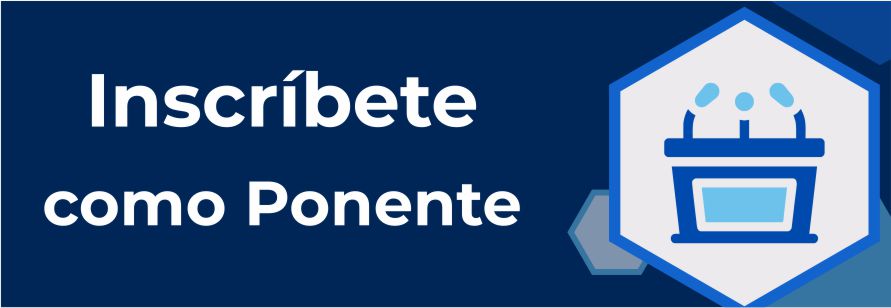
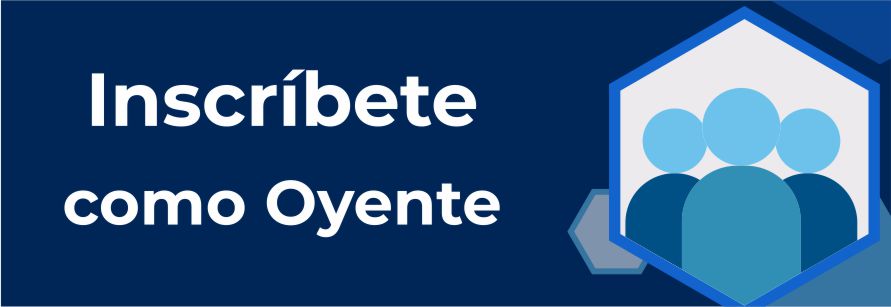





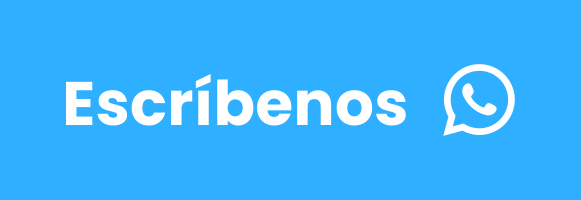


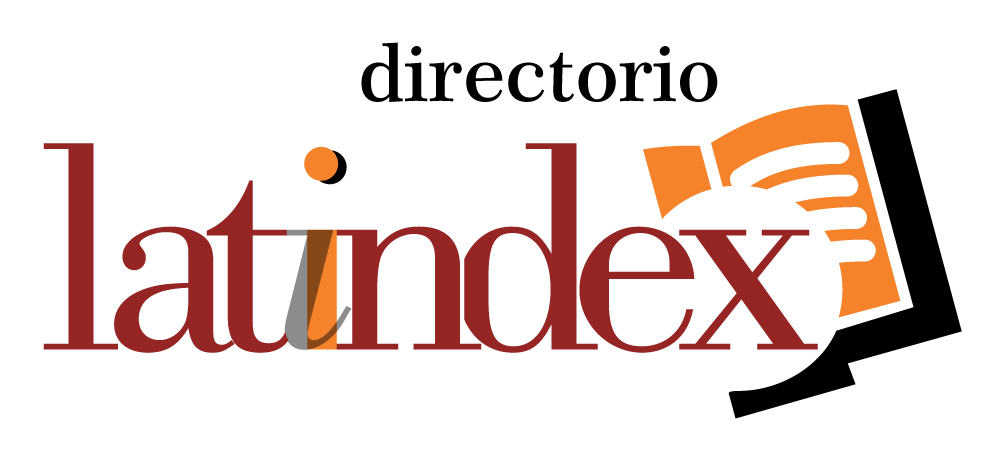
.png)
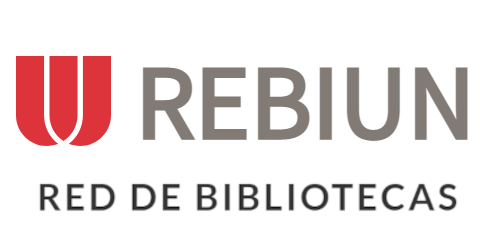







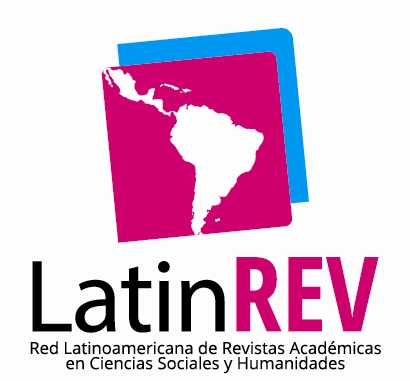

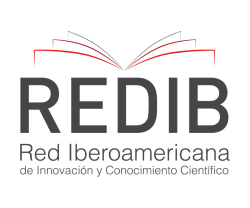









.png)
1.png)


